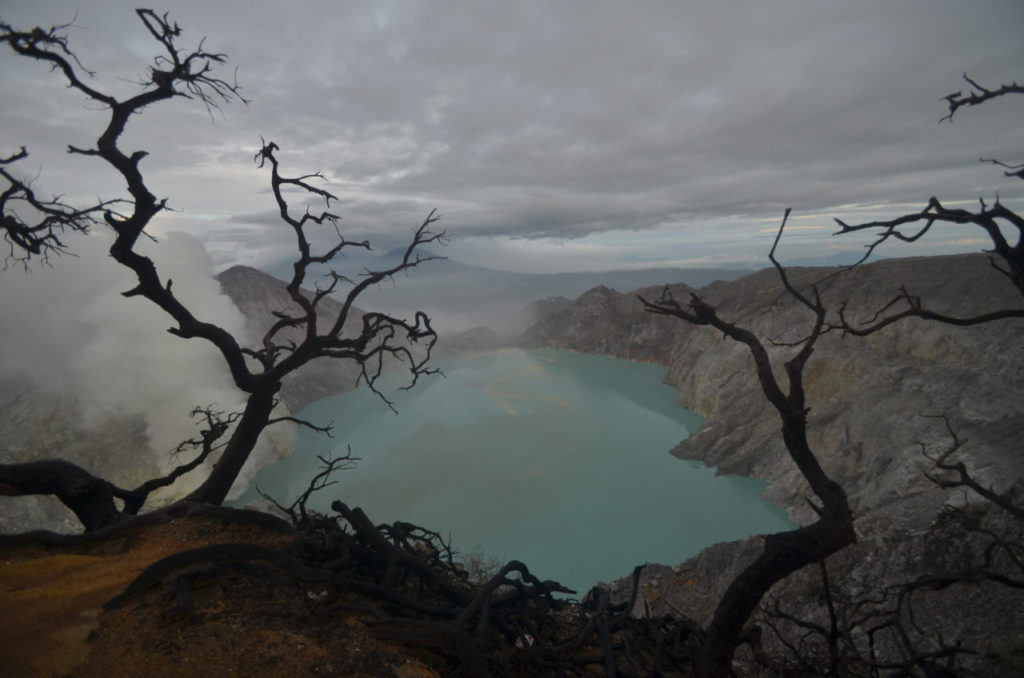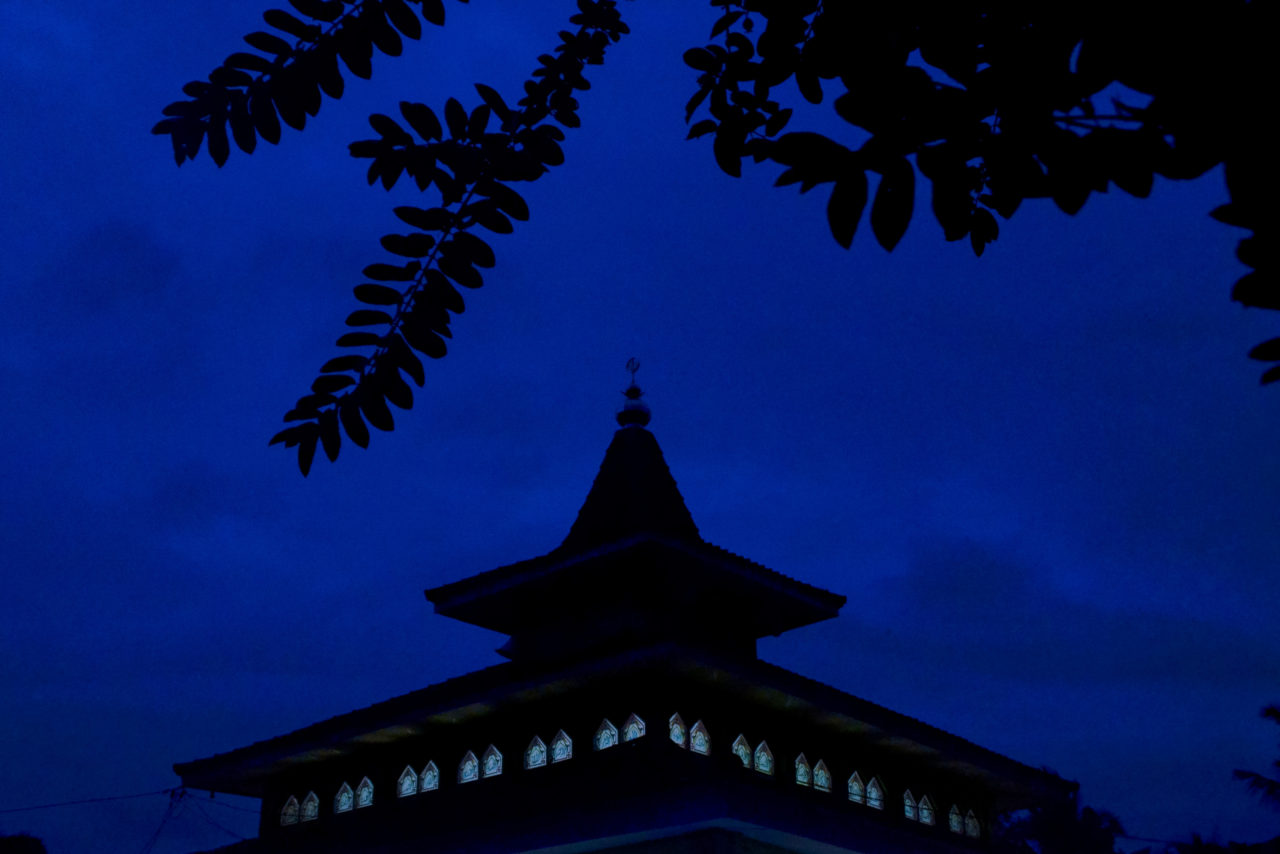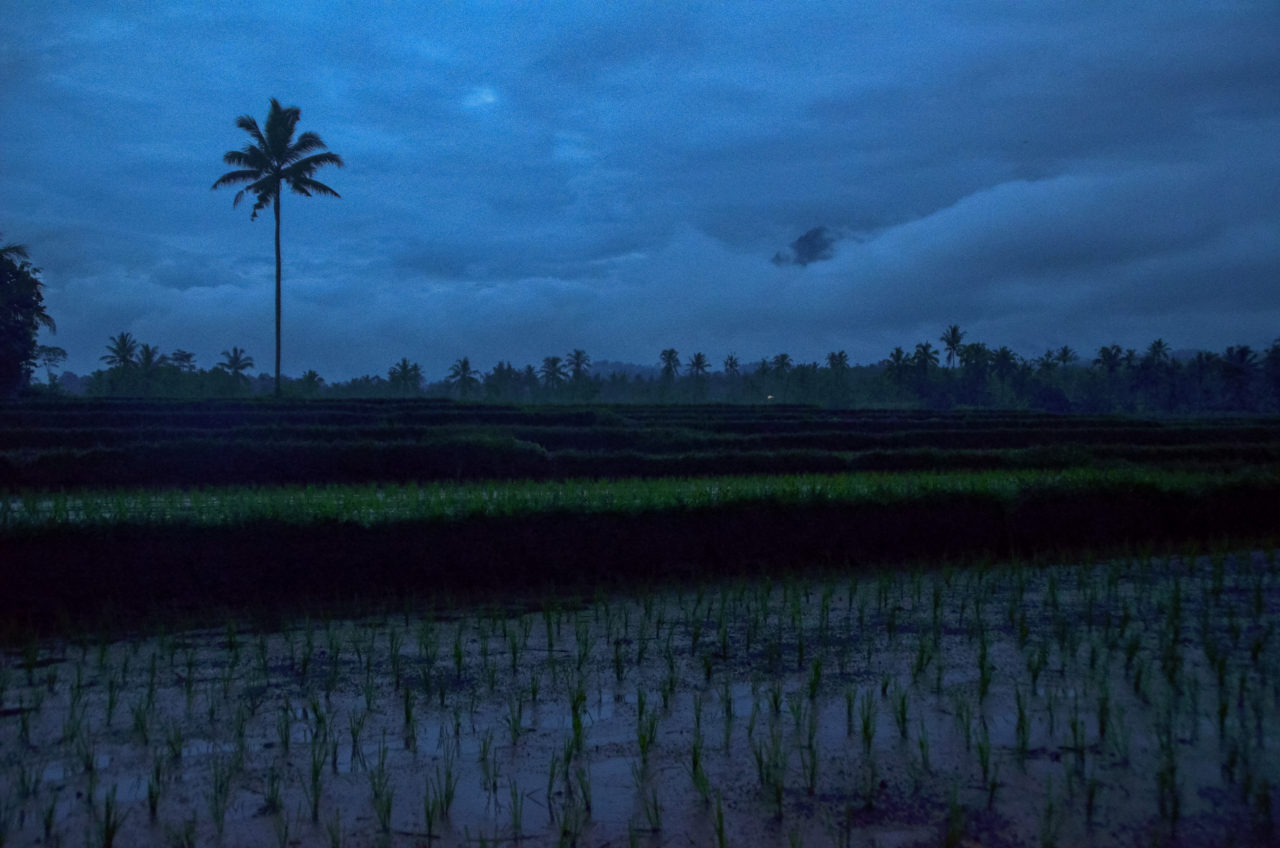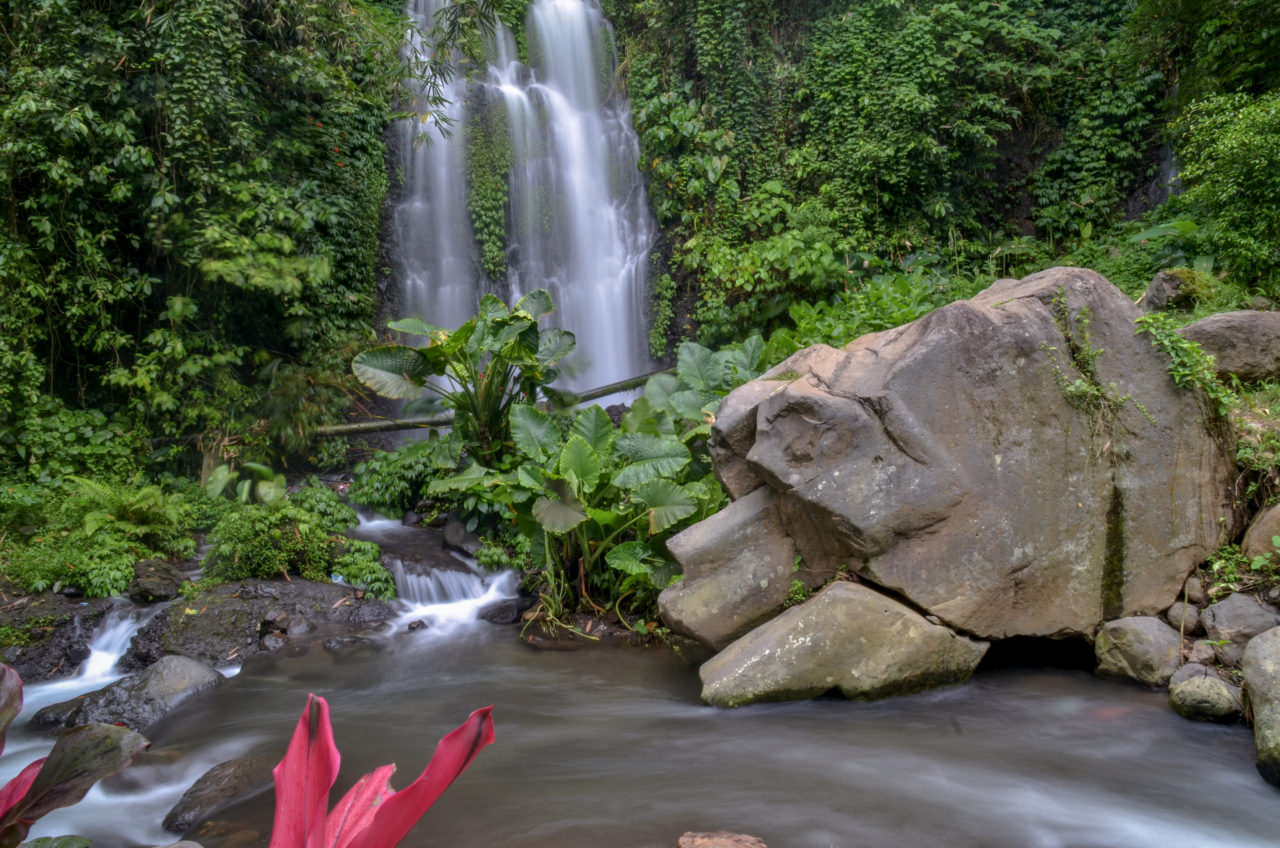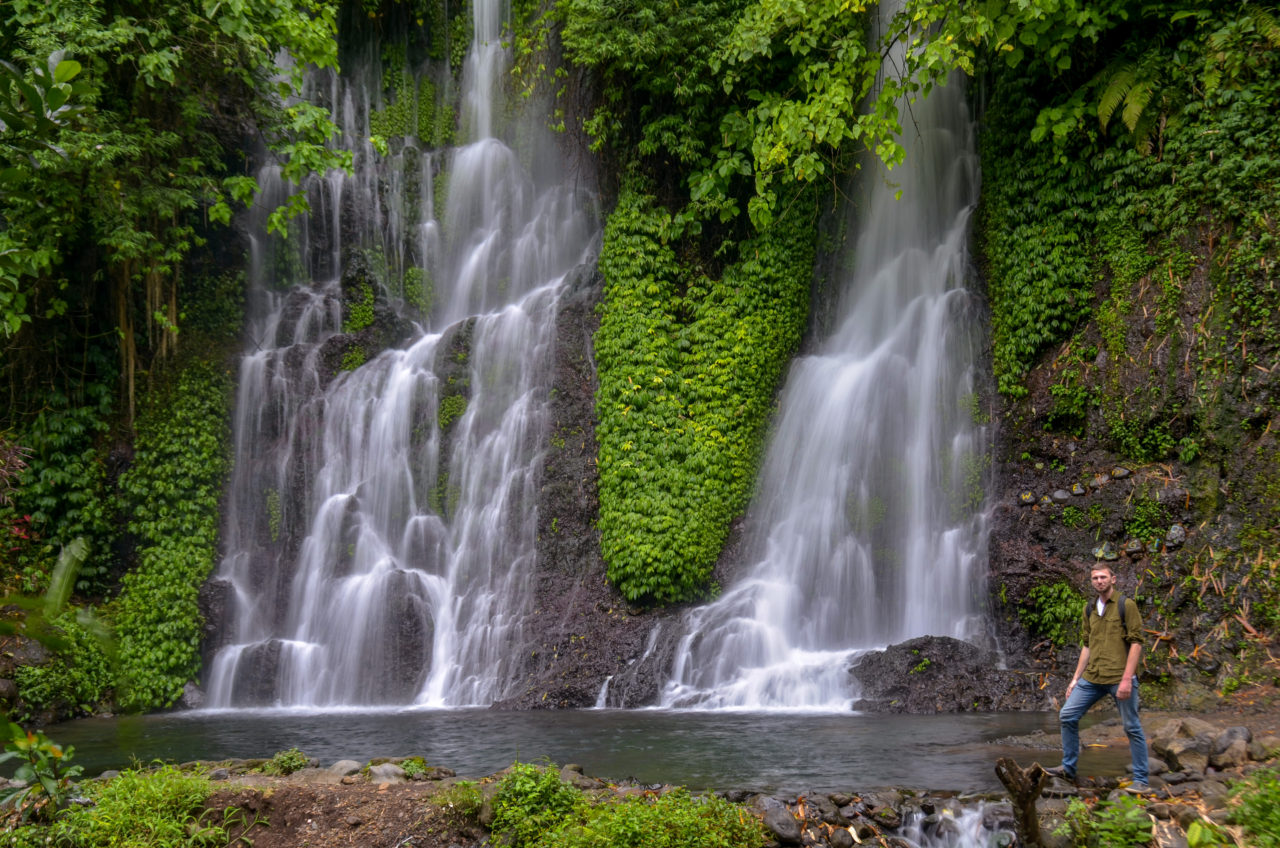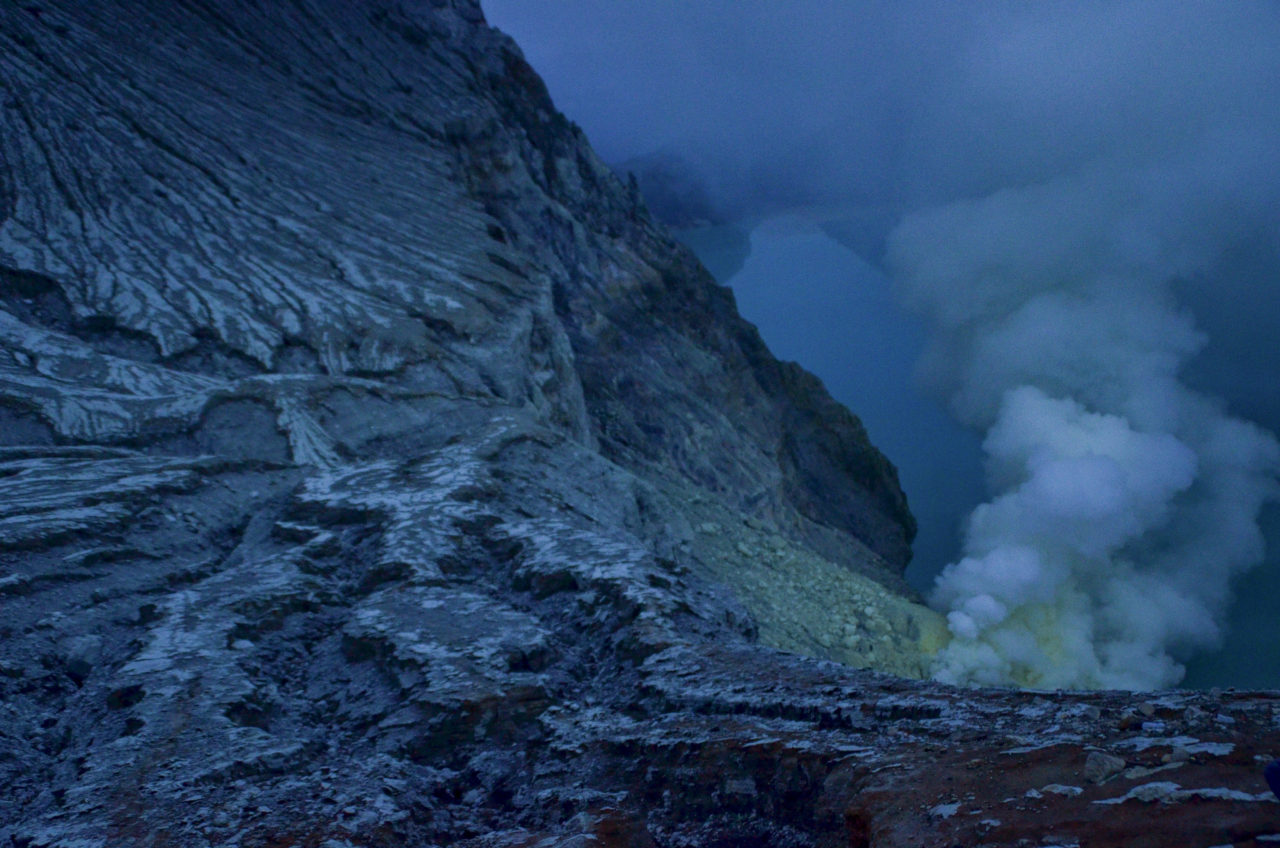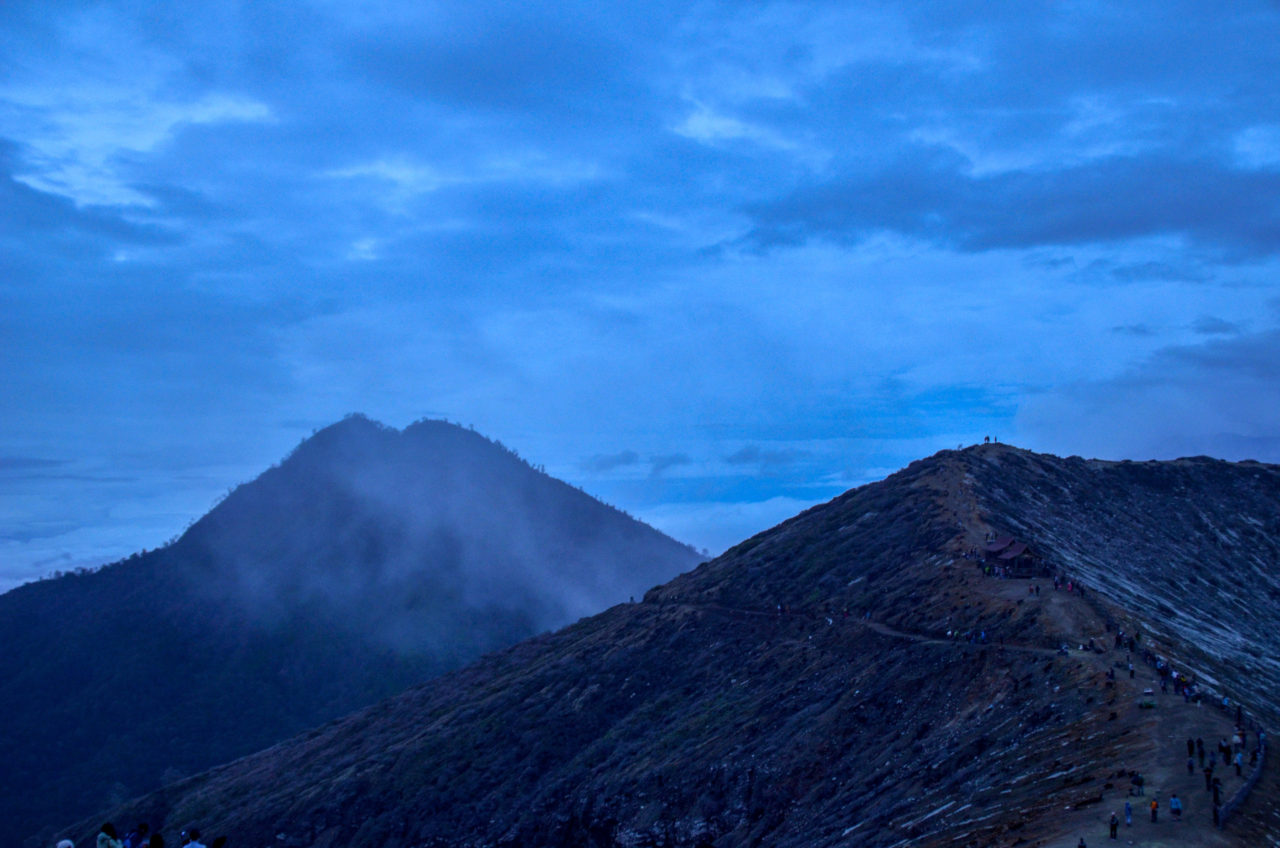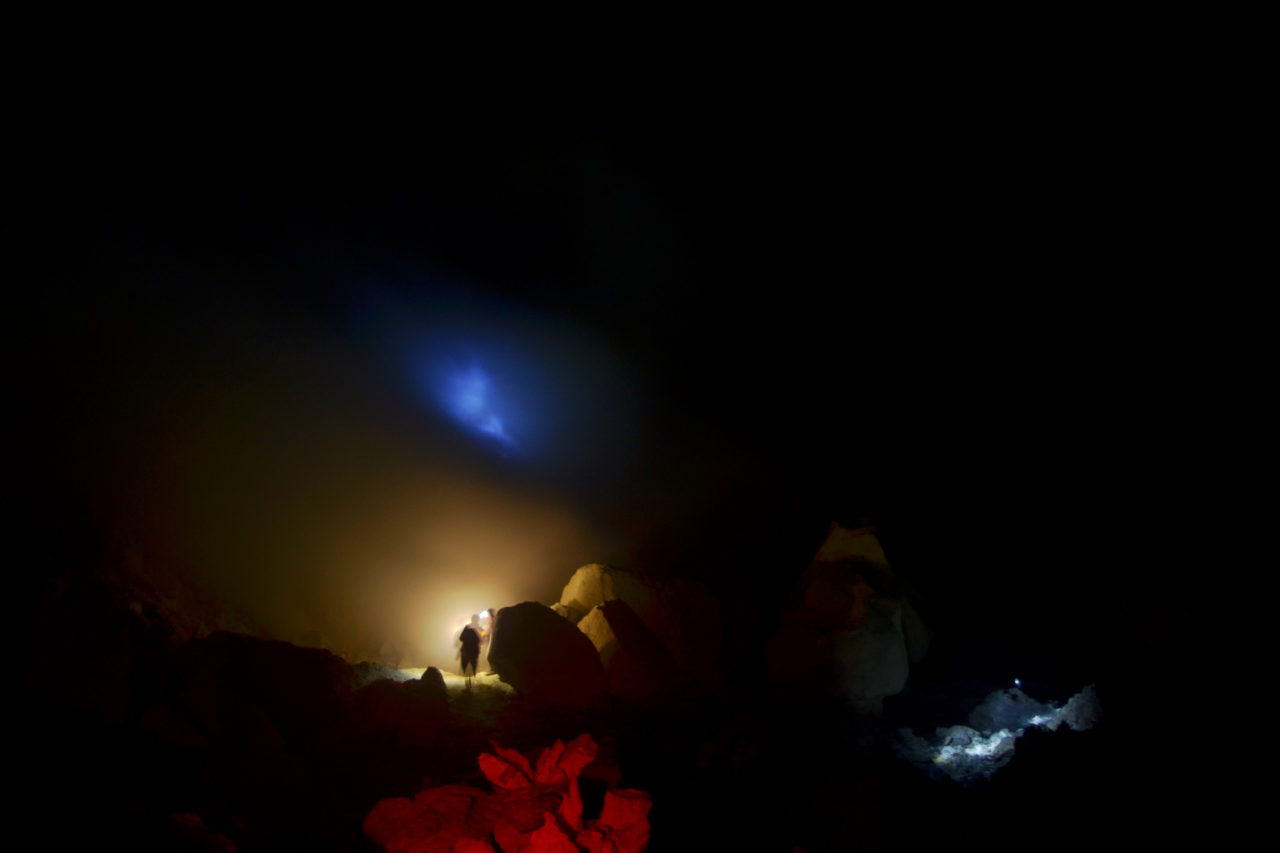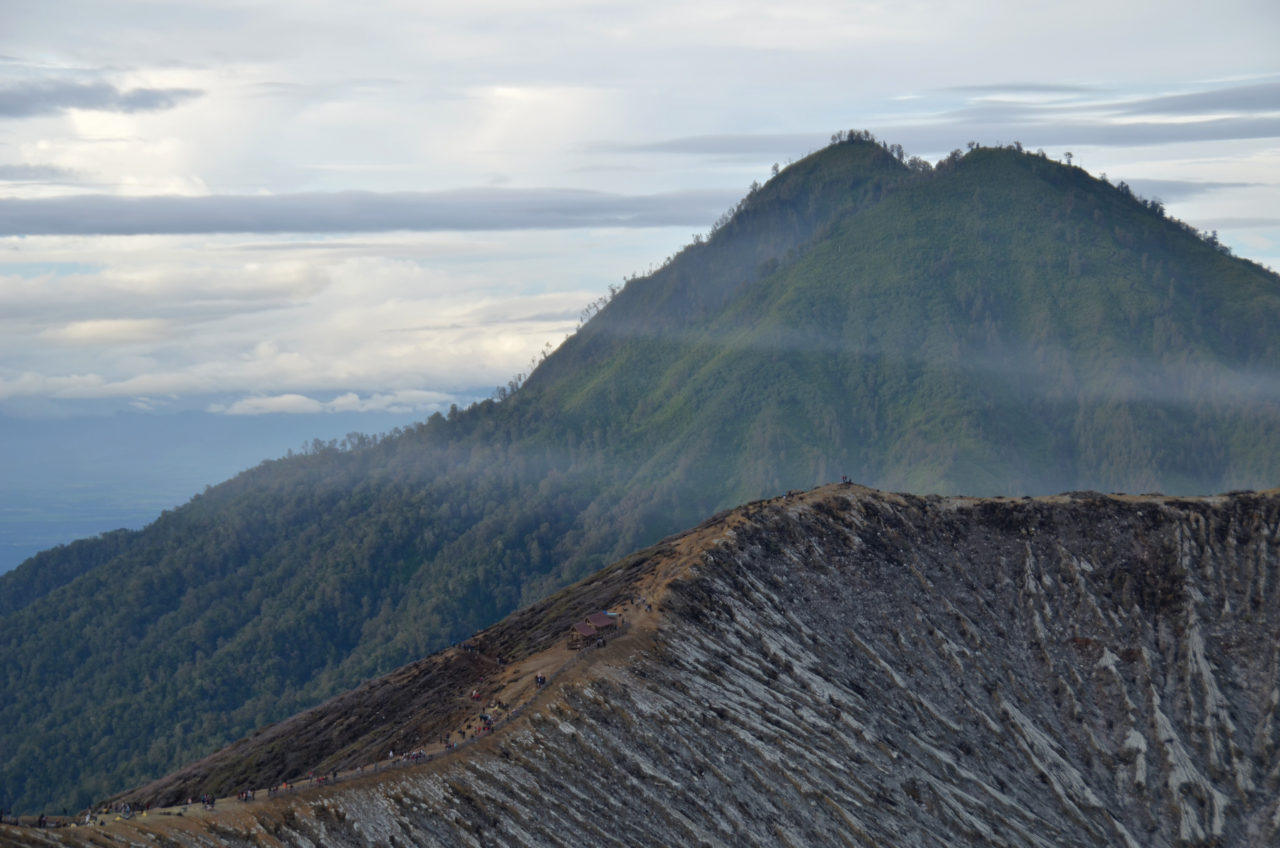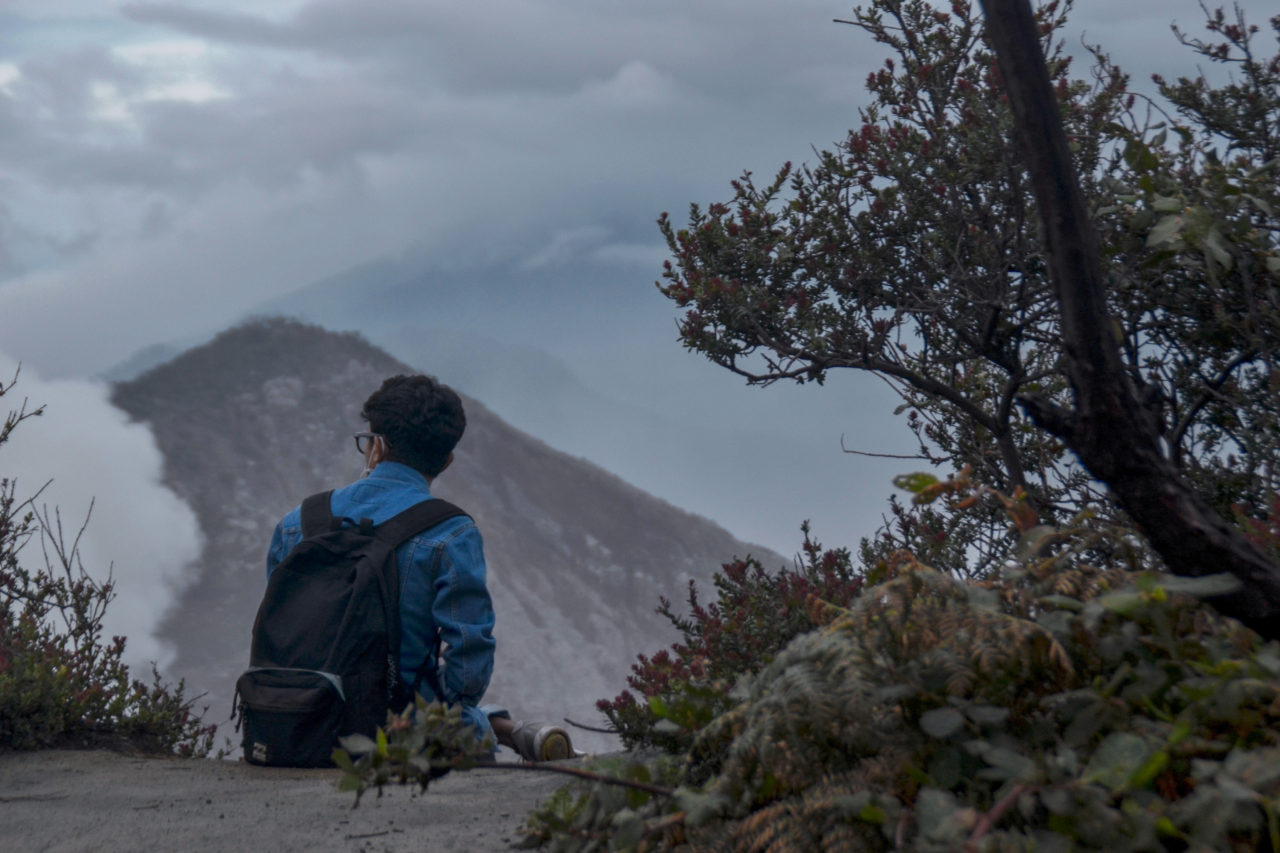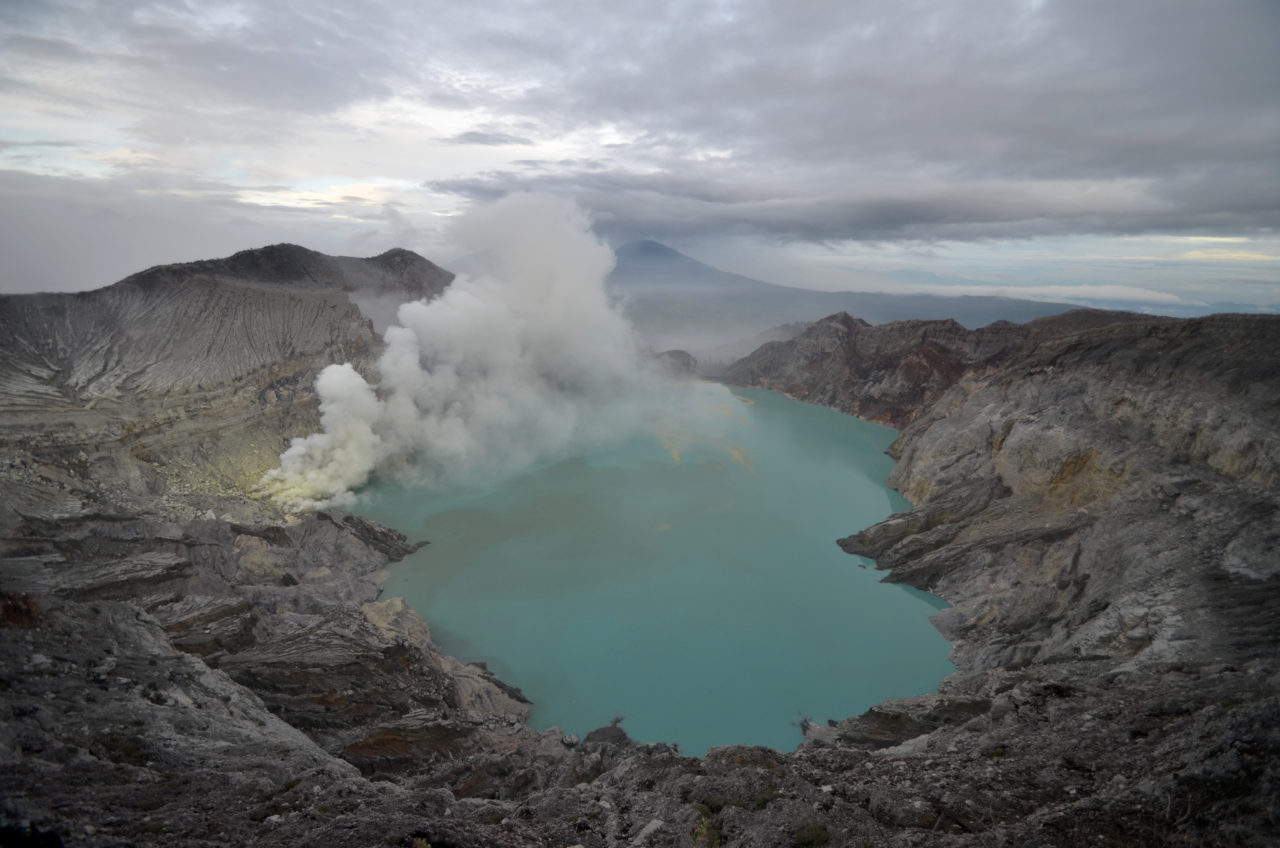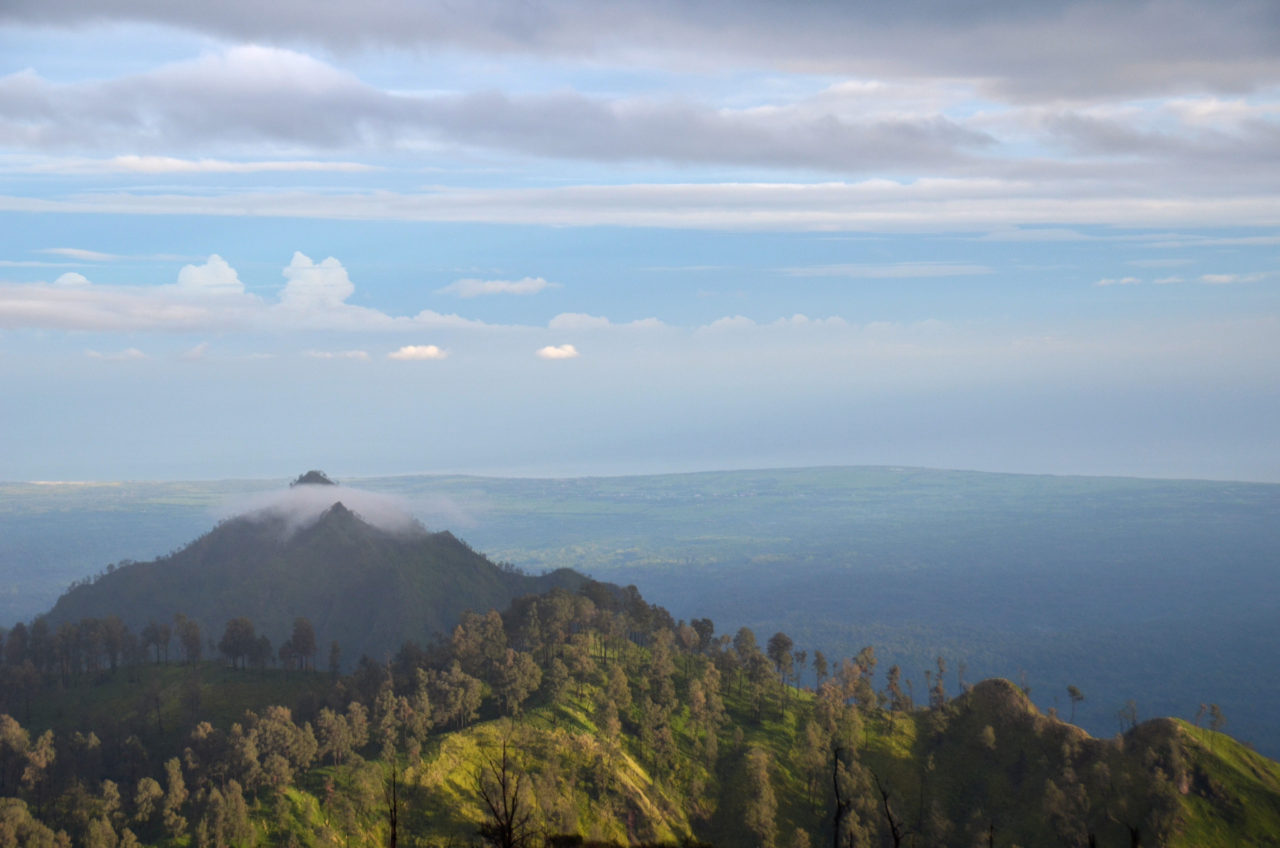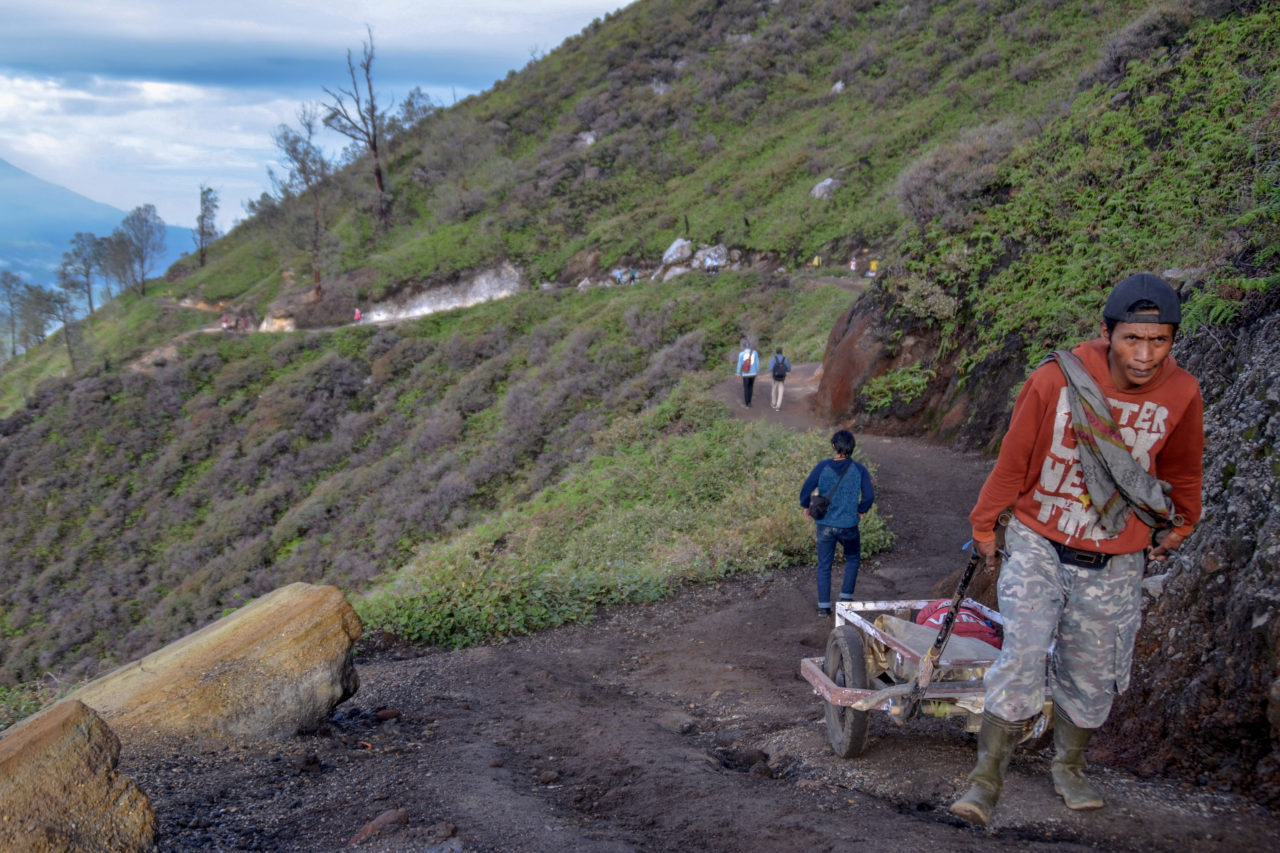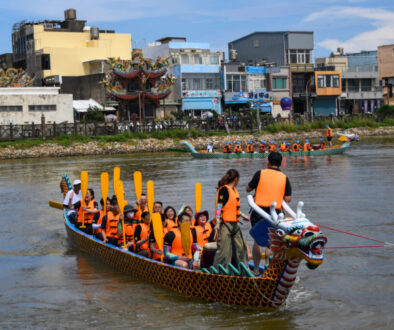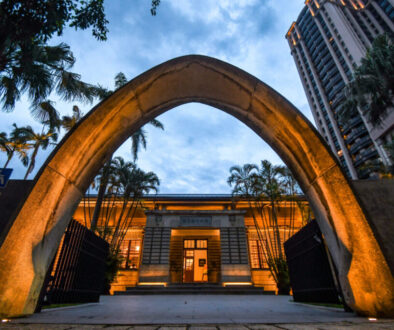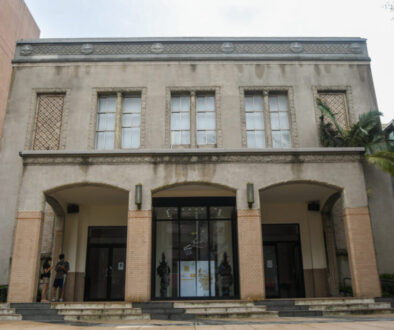Hiking to Ijen Crater and the Blue Flame
Arriving in Gumuk Batur
East Java’s Ijen Crater and it’s blue flame has been turned into legend by both word of mouth and the internet. The electric blue glow which looks nothing more than a mesmerizing pilot light has been reimagined by those on the internet as being blue lava. As misleading as these images may be, pilgrims will still be blown away by the radiant turquoise color of the most acidic lake in the world.
Making the treck to Kawah Ijen takes a bit of planning beforehand. Many tourists who are crossing from Bali to Java will find themselves in the port town of Banyuwangi. If you book your accommodation in advance, many guesthouses and homestays can arrange to pick you up from downtown and take you up to one of the many miner’s villages that sprinkle the slopes of the volcano. Other than making money from hauling sulfur from the depths of hell, many of these families have opened up their homes to accommodate the influx of tourists who make the treck up to the blue flame.
I found myself in the small town of Gumuk Batur, a village which consists of one street where children can be seen playing during the breaks in between going to the mosque and school.
Looking for a place to stay near Ijen Crater? Check out this guesthouse!
Treck to Jagir Waterfall
On the way back from Ijen Crater, people on organized tours from their guesthouse or hostel will probably find themselves stopping by Jagir Waterfall. While at the crater you will find a line of tourists snaking all the way down to the base of the volcano, Jagir Waterfall offers an escape from the tourist traps with only a few travelers to be seen enjoying the cascading waters.
If you are staying in one of the mining villages such as Gumuk Batur, the owners of the guesthouse may even be willing to drive you over to the waterfall, free of charge. At one time, visiting Jagir Waterfall was free. Capitalizing on the increase of tourism to the region, a small price of 15,000 RPH (1 USD) is asked for at the entrance.
While waiting for early morning to visit Ijen Crater, the waterfall makes for the perfect place to explore and kill time. Many of the mining villages are so small you will find your self twiddling your thumbs within an hour after arriving. Jagir Waterfall gives you the opportunity to find your own jungle oasis away from the crowds and the chance to see a part of Java’s untouched beauty.
You can read a bit more about the Jagir Waterfall here!
Descending into the Sulfur Mine
Most hikers will arrive at the base of the volcano at 2 am. If you arranged for a tour your guides will provide you with both a flashlight and a gas mask. Most guesthouses that arrange a shuttle to take you to the park will also make sure you have everything you need to make the treck.
In the pitch black of night, you will be hiking 4km to the rim of the crater. 4 km may not sound like much, but once you factor in both the steepness of the side of the mountain and the fact that you are walking in the dark, the hike will take you over 1 1/2 hours.
The price to visit Ijen is 100,000 (7 USD) on weekdays 150,000 (10.5 USD) on the weekend.
After catching your breath at the top of the volcano, you will see little other than the makeshift signs adorned with skulls and crossbones pointing towards the heavily toxic sulfur mine. You may become a bit frantic after seeing the groups of tourists with gas masks and ominous signs warning of the poisonous fumes, that you might take up one of the miners on their offer of leading you into the deadly pit for around 50,000 RPH.
While it is difficult to march down into the depths of the volcano at 3 am, it can be managed on your own without a guide. There are enough tourists and miners about that you are sure to have someone come to your rescue if the worst were to happen.
You can read more about hiking to Ijen Crater here!
After 45 minutes of stumbling on loose rocks and finding your footing down the steep slopes that lead into the most acidic lake in the world, you will finally find yourself staring into a massive thick cloud which covers everything with a foot of your face. By this time if you haven’t already put on your gas mask, you may start gagging due to the toxins in the air. Even with a gas mask you eyes will begin watering due to the acidity.
After reaching the inside of the crater, tourists will perch themselves on the slopes, anxiously waiting for a breeze to blow away the smoke, revealing the electric blue flame in the center of the sulfur mine. The crowd will yell at any unaware tourist who is shining their headlamp at the smoke, hindering the visibility of the glorified pilot light.
For some travelers, the sight of the massive sulfur cloud and the faint glow of a flame may seem a bit underwhelming, especially after seeing all of the hype online. When visiting a place such as Ijen, a lot is dependent on the weather. If perhaps the wind blew the acidic cloud in another direction and the flame was more visible, then the sulfur mine may have made a more deep impression on the tourists. In general, a view of the toxic smoke does not necessarily justify a 3 am hike, what does, however, is the breathtaking view from the rim above.
You can read more about the blue flame here!
Ijen Crater
As the sun begins to rise you will see how easy the hike to the sulfur mine really is, all one really needs is to know where to put your feet which is impossible in the dark. After climbing back to the mouth of the volcano, any disappoint you had of the blue flame will be diminished with the mesmerizing view of the rugged crater and turquoise blue water.
The lake almost looks like the melted wax from a candle which has settled in the hollow of this unworldly landscape. The smoke from the sulfur mine is a reminder of the danger that lurks under the surface. Although the volcano has been placid in recent years, the rattling of the earth could occur at any moment.
As the sun begins to rise higher into the sky, the landscape around the volcano is illuminated, revealing stunning mountains shrouded in mist and miles of lush, rugged landscape.
A Tourist Site and a Death Wish
Around Ijen you will find many your groups of local university kids, families, and foreign tourists. They can all be found smiling, laughing, and taking selfies with the volcanic landscape in the background. Their holiday is being taken among the work-class miners who make the hike to Ijen daily to mine the sulfur from the depths of the toxic pit to put food on the table for their families. The sulfur has been deemed as being “Devil’s Gold” by the locals.
While tourists are keeling over the catch their breath, the miners make the climb up the volcano and into the mine twice a day, making as little as 10 USD. The load which bears on the back’s of these miners weighs up to 200 pounds, factor in the fact that they fave little protection from the toxic fumes, the average life expectancy of these miners does not surpass 50 years. Ijen is a place of breathtaking beauty which should be shared with the entire world, but as you are busy snapping pictures be aware of the invisible people who are literally shaving off years of their life for the Devil’s Gold.
You can read more about the miners of Kawah Ijen here or here.

